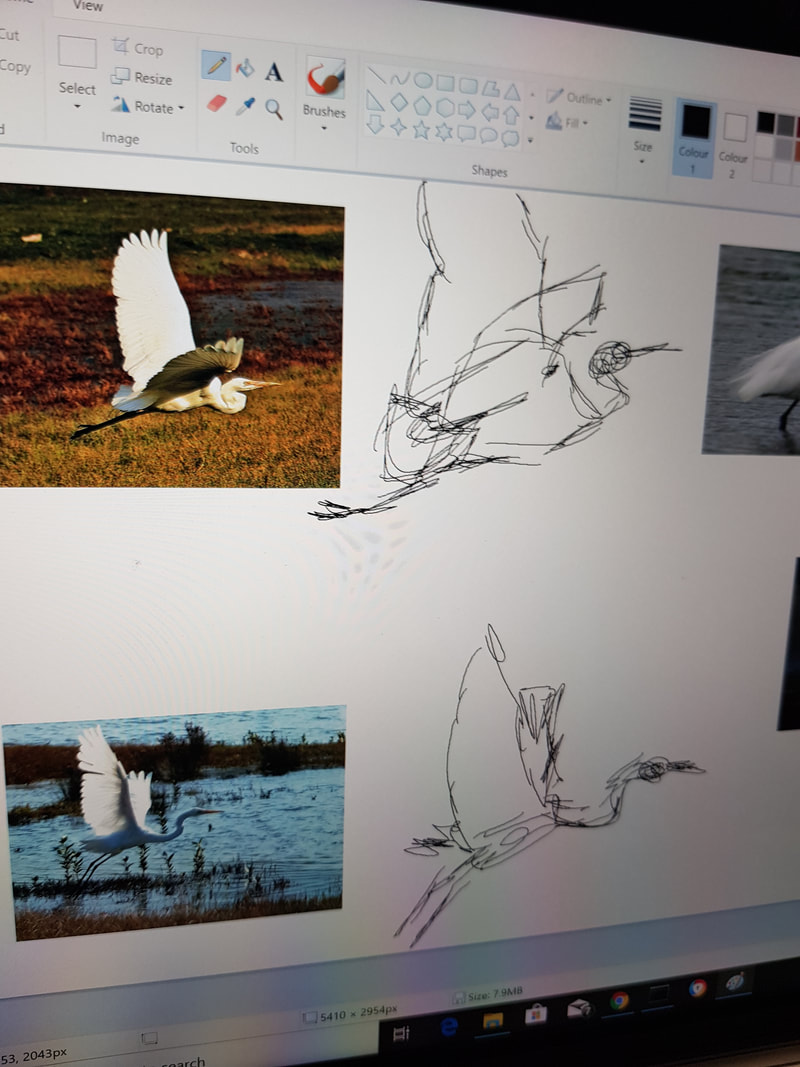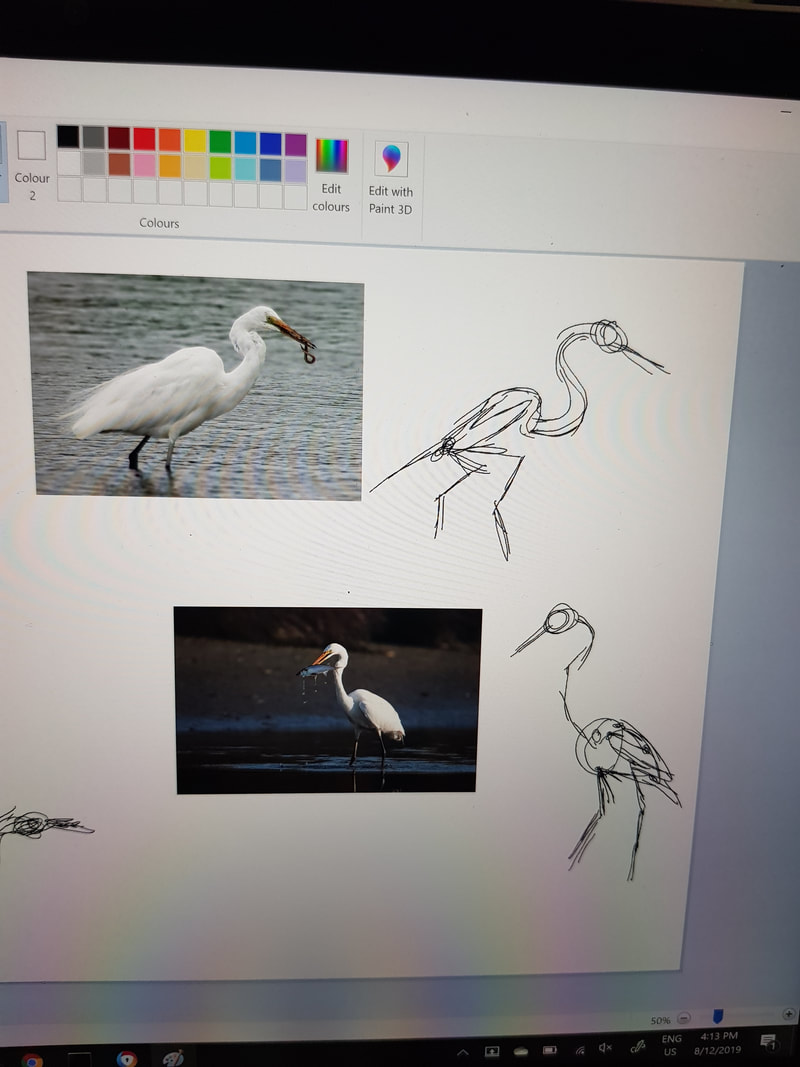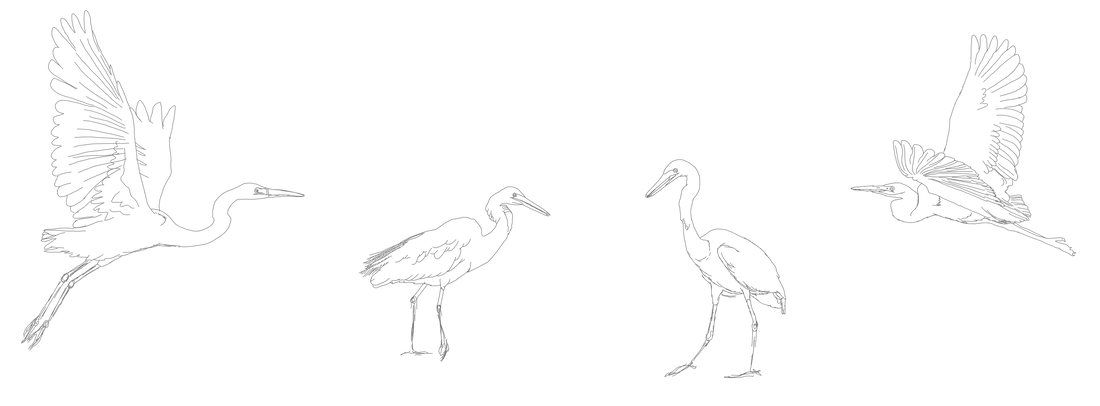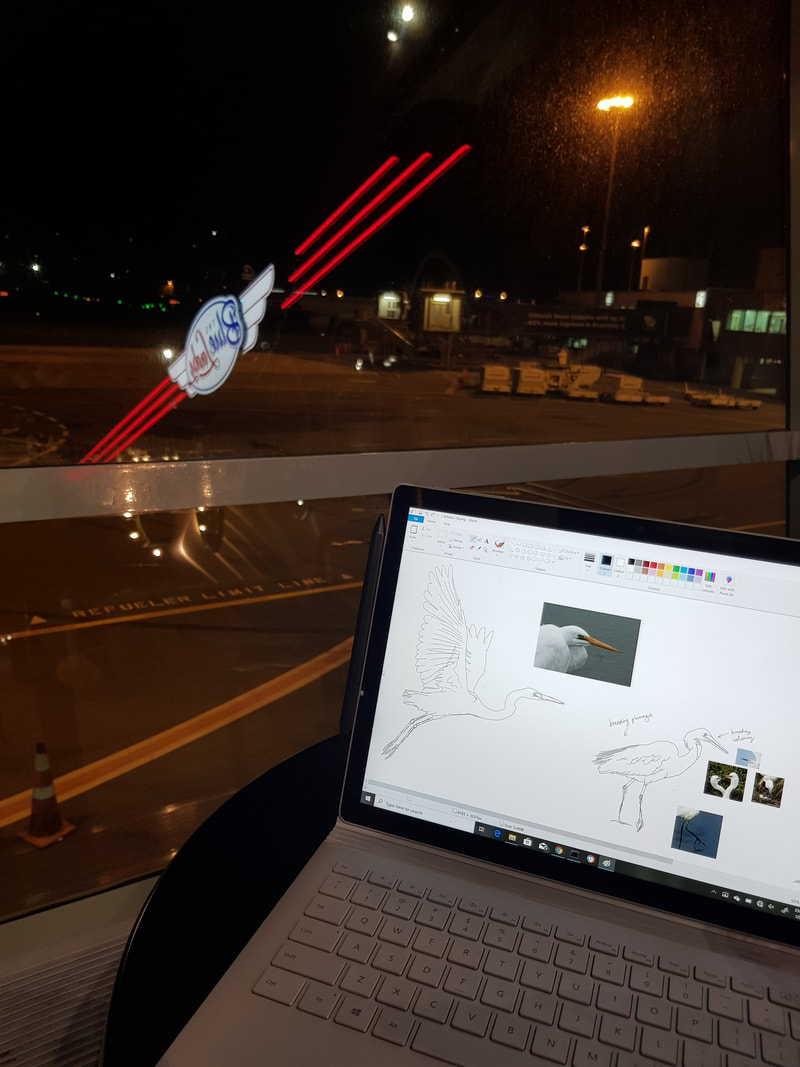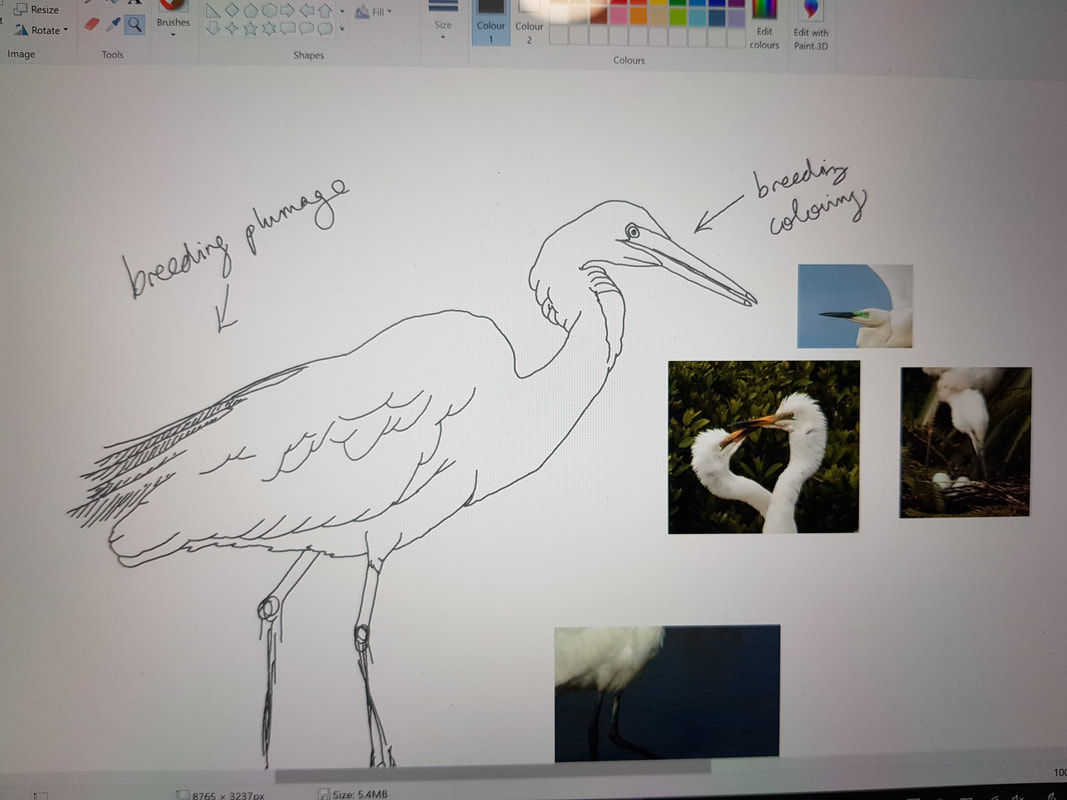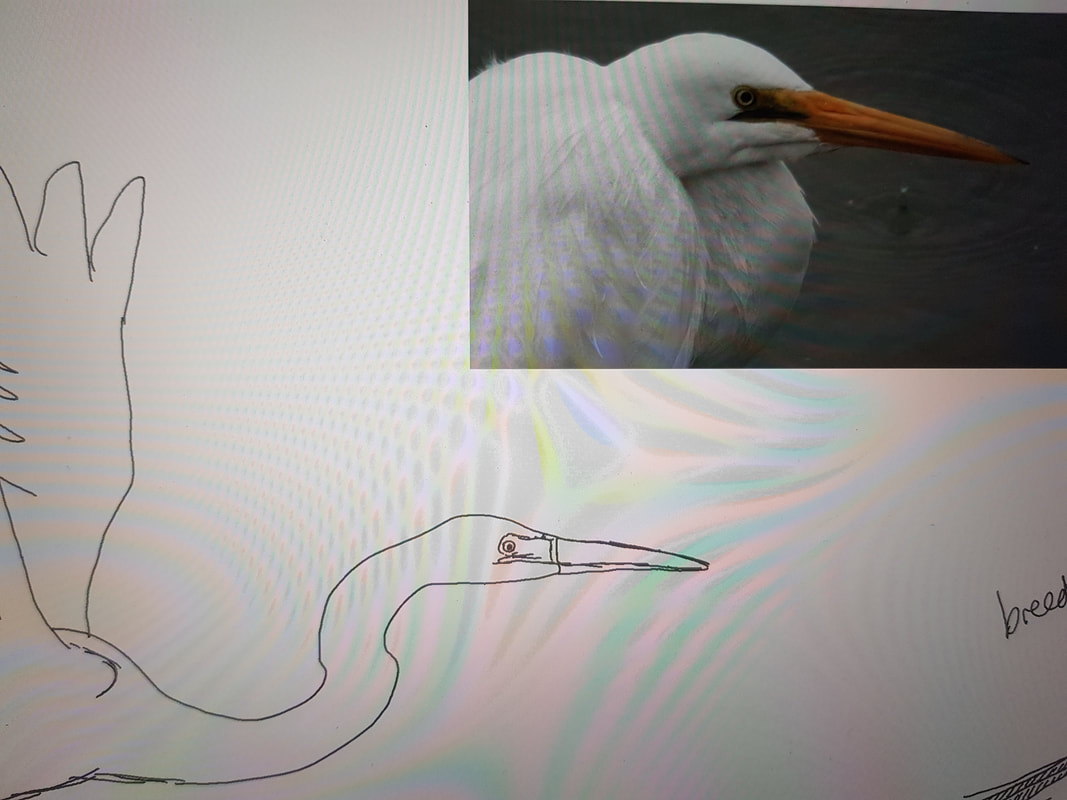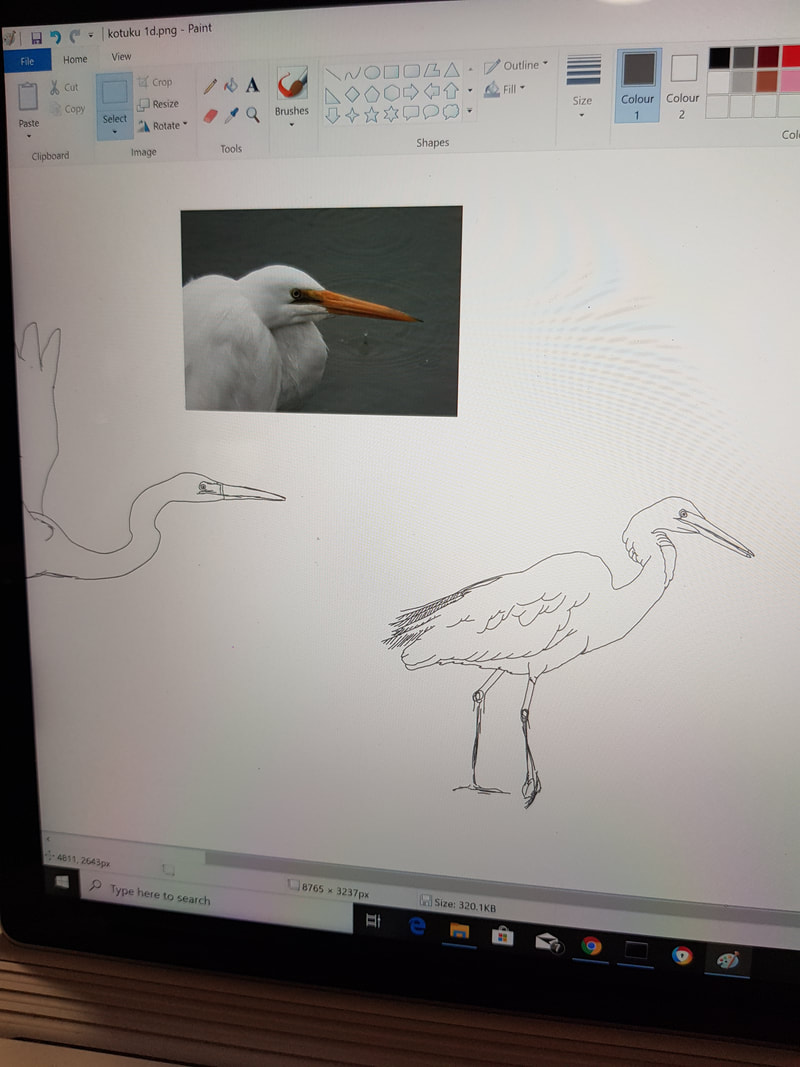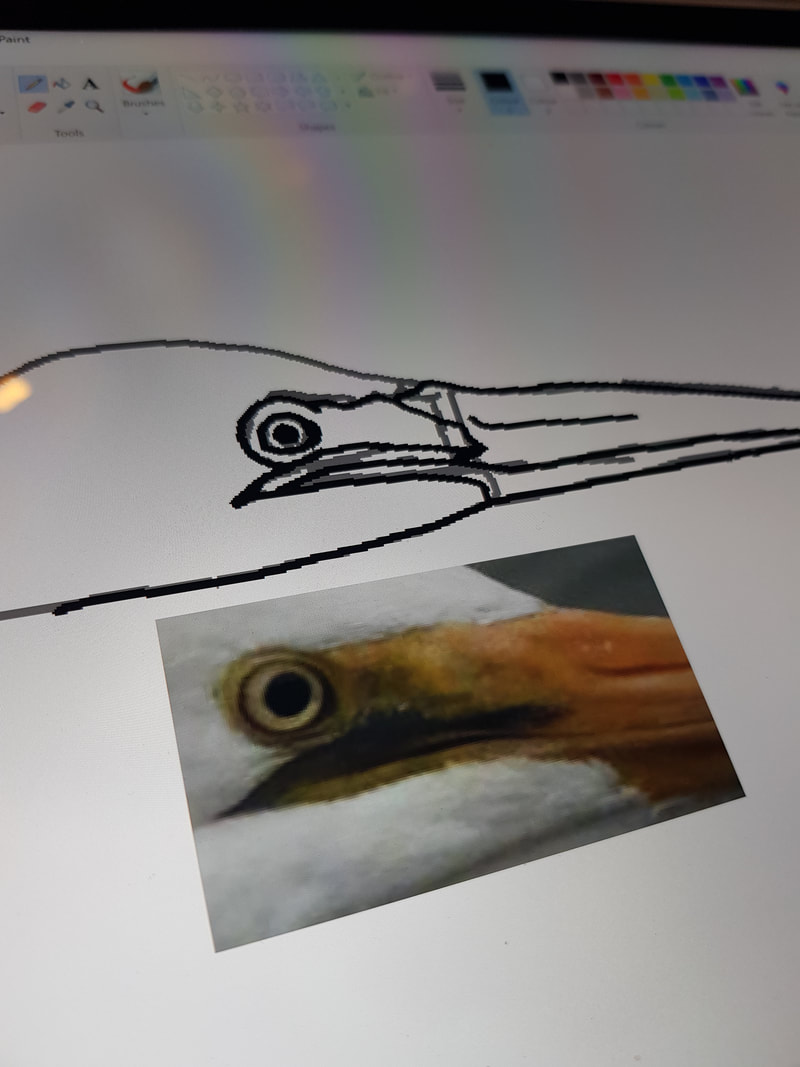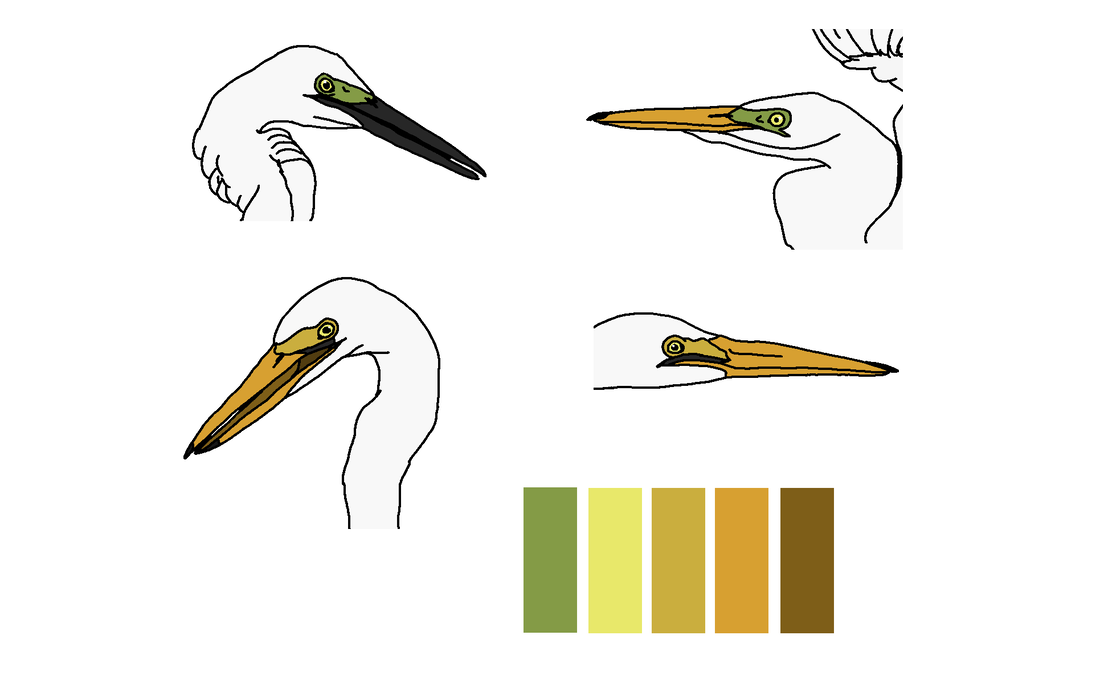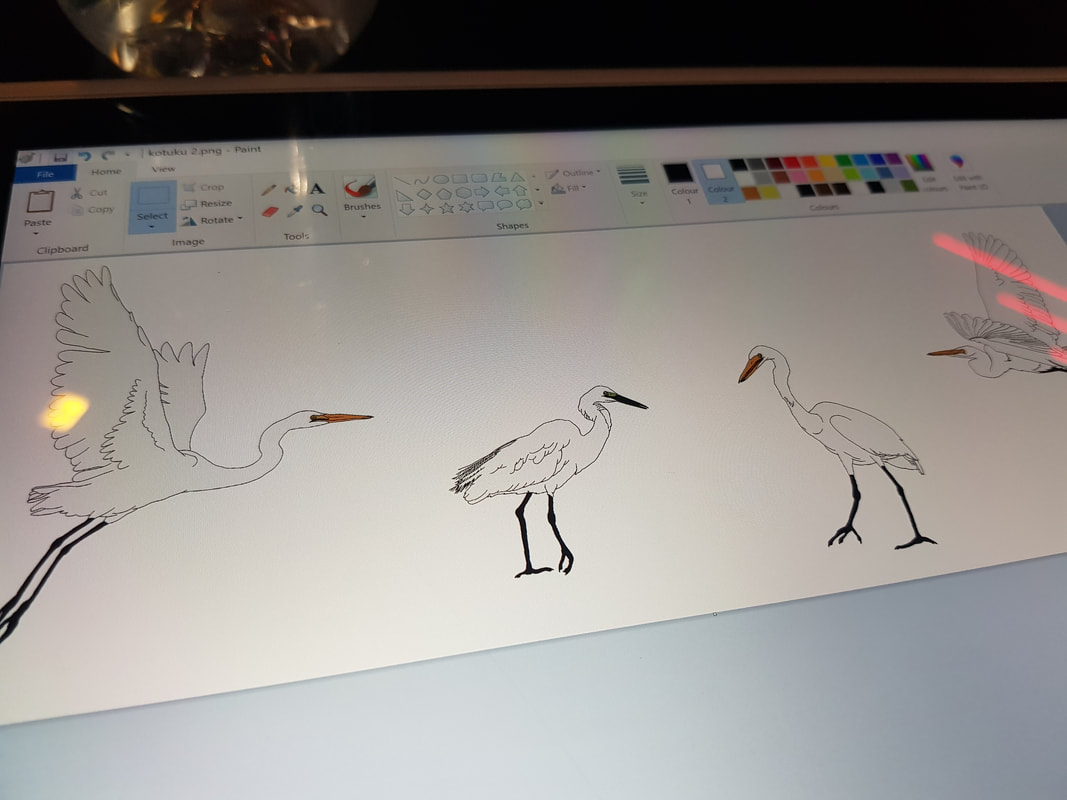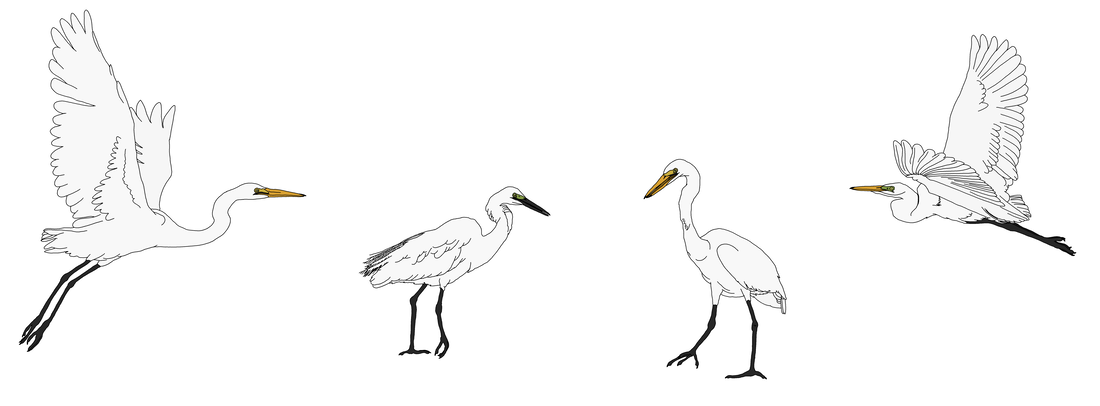The kōtuku
The kōtuku is common in Australia, the South Pacific and Asia.
In New Zealand it only breeds near Whataroa, South Westland, between September and January. This colony is in the Waitangiroto Nature Reserve and guided jet boat tours take visitors to view the birds from an observation hide.
Source:
DOC
The white heron or kotuku is well-loved by the New Zealand people, but it is rarely seen except by those who specifically seek it out. Its sole New Zealand breeding site near Okarito Lagoon in Westland is well-known and well-protected, but elsewhere it is ‘He kotuku rerenga tahi’ or the bird of single flight, implying something seen perhaps once in a lifetime. When seen in close proximity it is a magnificent bird, with its large size and clean white plumage.
Source:
NZ birds online
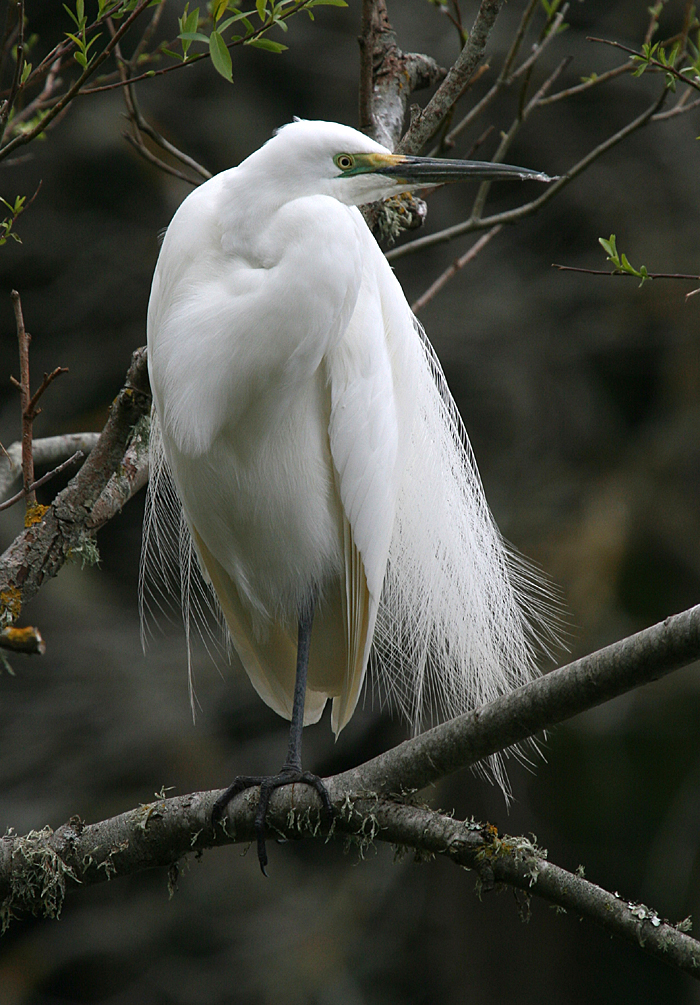
White heron. Adult perched showing breeding plumes. Lake Forsyth, Canterbury, November 2012. Image © Steve Attwood by Steve Attwood http://www.flickr.com/photos/stevex2/sets/72157625859137757/
|
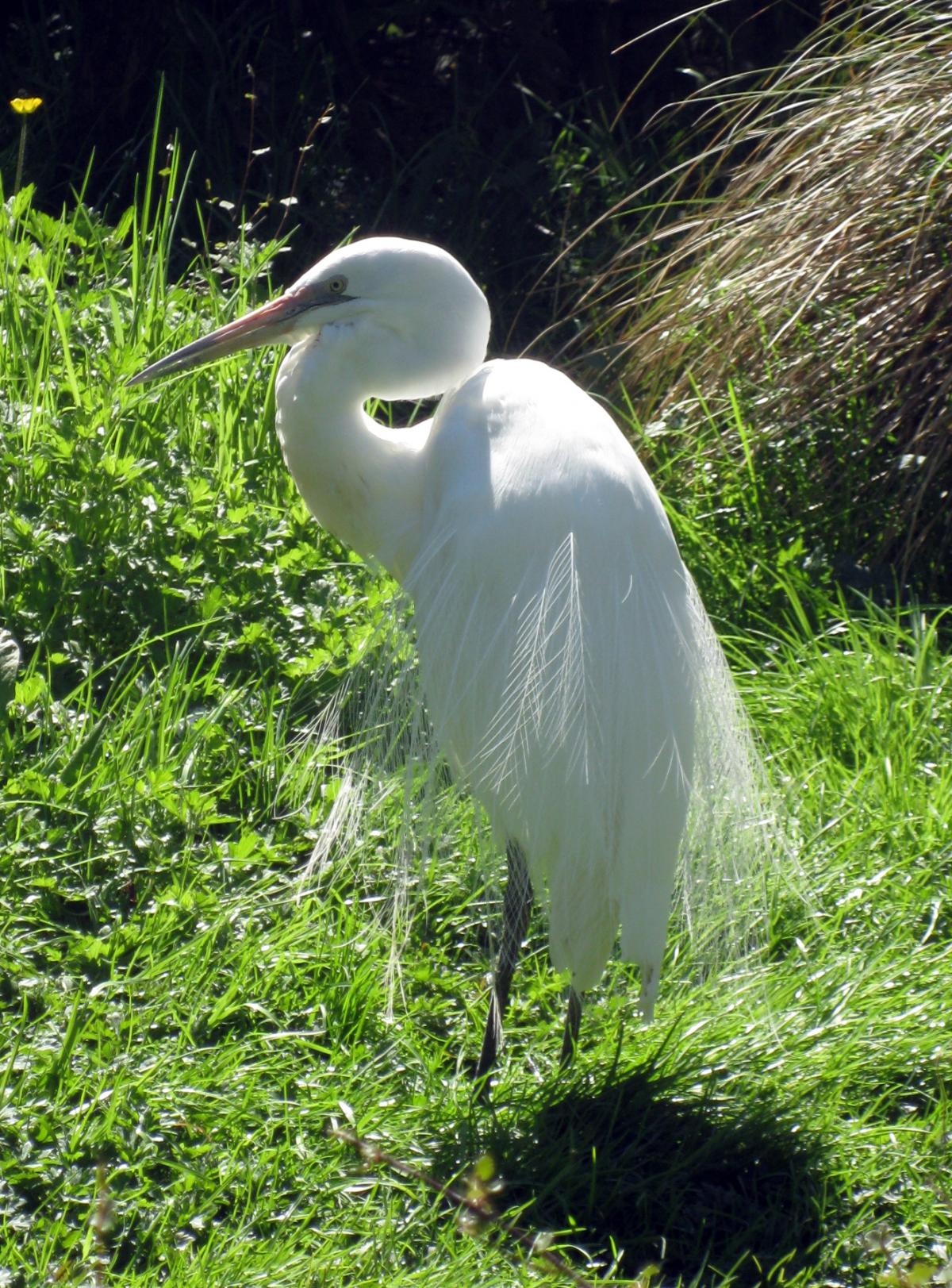
White heron. Captive adult coming into breeding plumage. Willowbank Wildlife Park, Christchurch. Image © James Mortimer by James Mortimer
|
Description
A large white heron with a long yellow bill, long dark legs and a very long neck. When breeding, the bill becomes grey-black and long filamentous plumes develop, mainly on the back.
In flight, the white heron tucks its head back into its shoulders so that the length of its neck is hidden, giving it a hunched appearance.
When walking, the white heron has an elegant upright stance showing the extreme length of its neck.
When resting it is more hunched with its head tucked in, making the bird appear more bulky.
Source:
NZ birds online
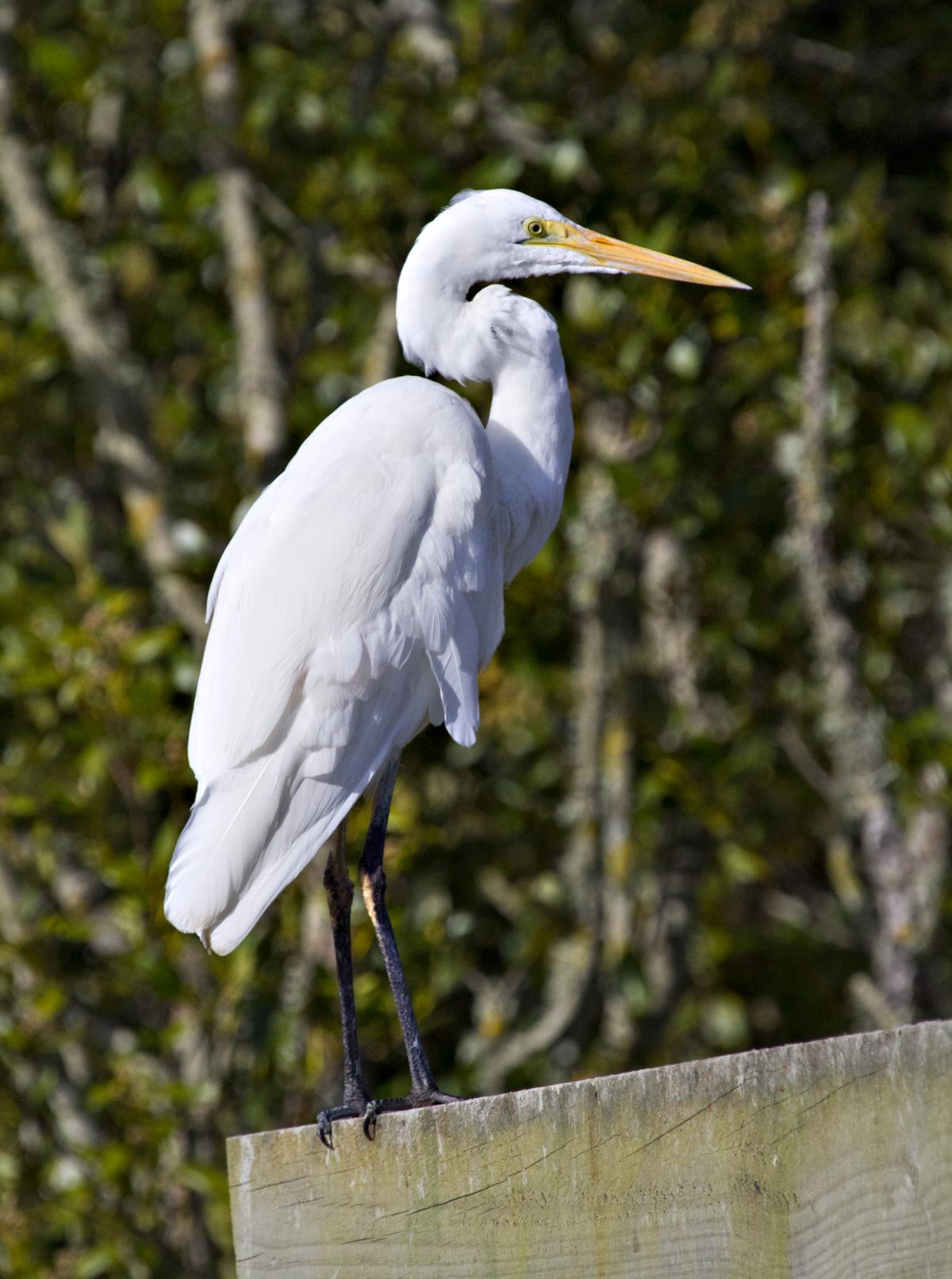
White heron. Adult in non-breeding plumage. Miranda, March 2012. Image © Raewyn Adams by Raewyn Adams
|
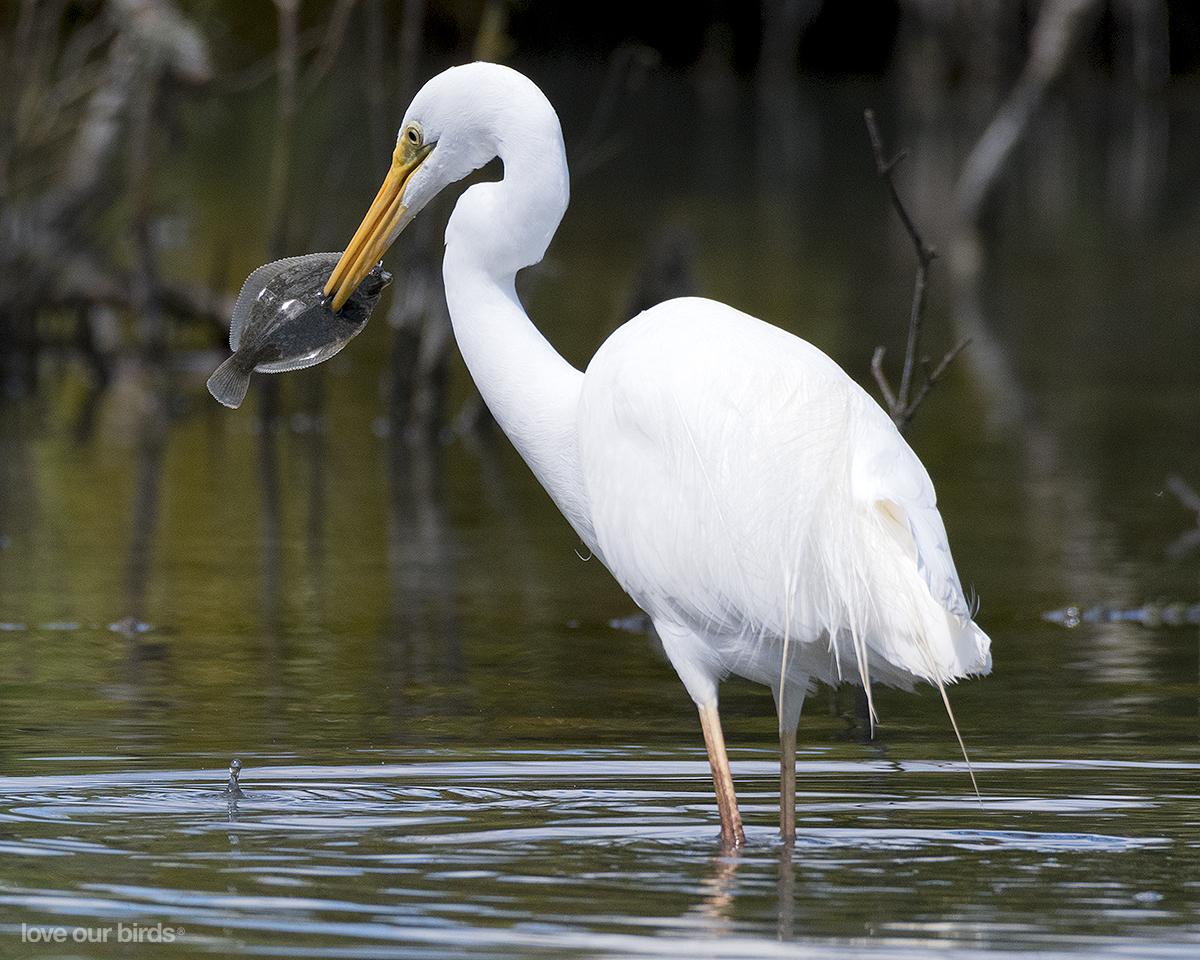
White heron. Adult with speared flounder. Miranda, October 2016. Image © John and Melody Anderson, Wayfarer International Ltd by John and Melody Anderson Love our Birds® | www.wayfarerimages.co.nz
|
Important identification characters when separating white herons from other white egret species in New Zealand include overall size, relative neck length, bill colour and shape, and how far the gape (i.e. the corner of the mouth) extends back in relation to the eye. The white heron is the largest, longest-necked of the egrets, and the gape extends well behind the eye.Source:
NZ birds online
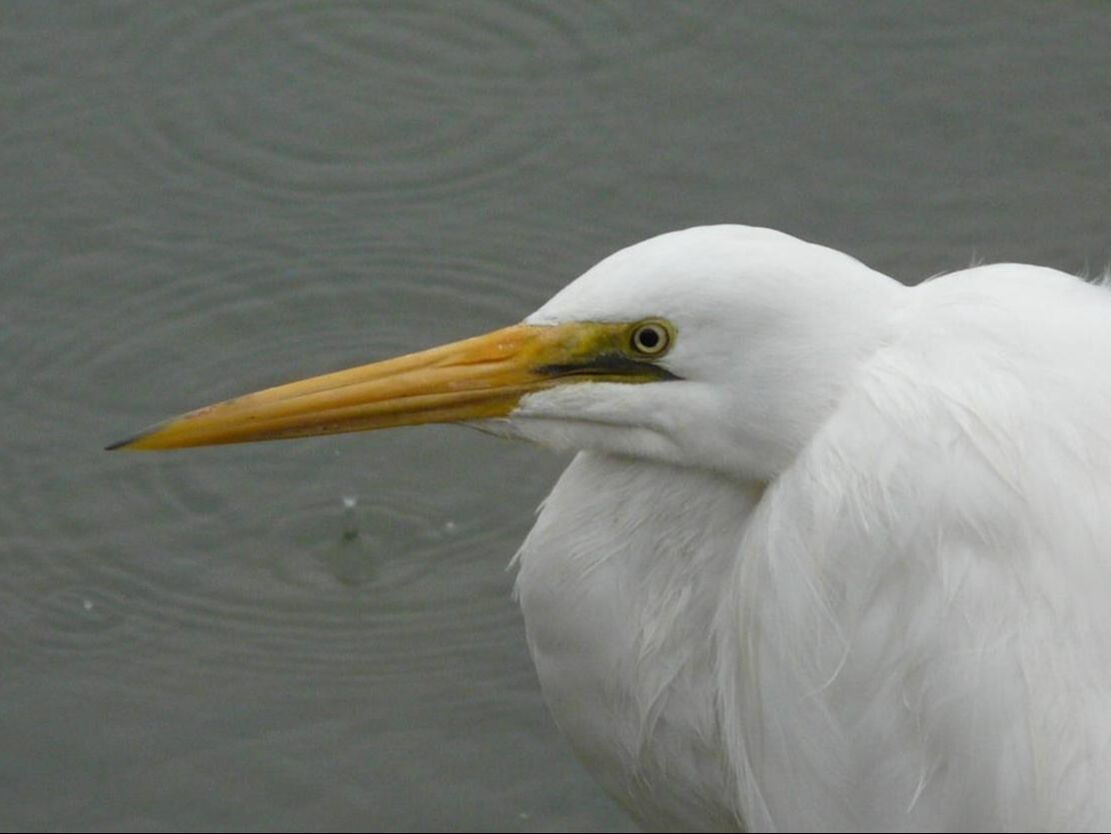
White heron. Adult showing head and bill. Mapua, June 2010. Image © Alan Tennyson by Alan Tennyson
|
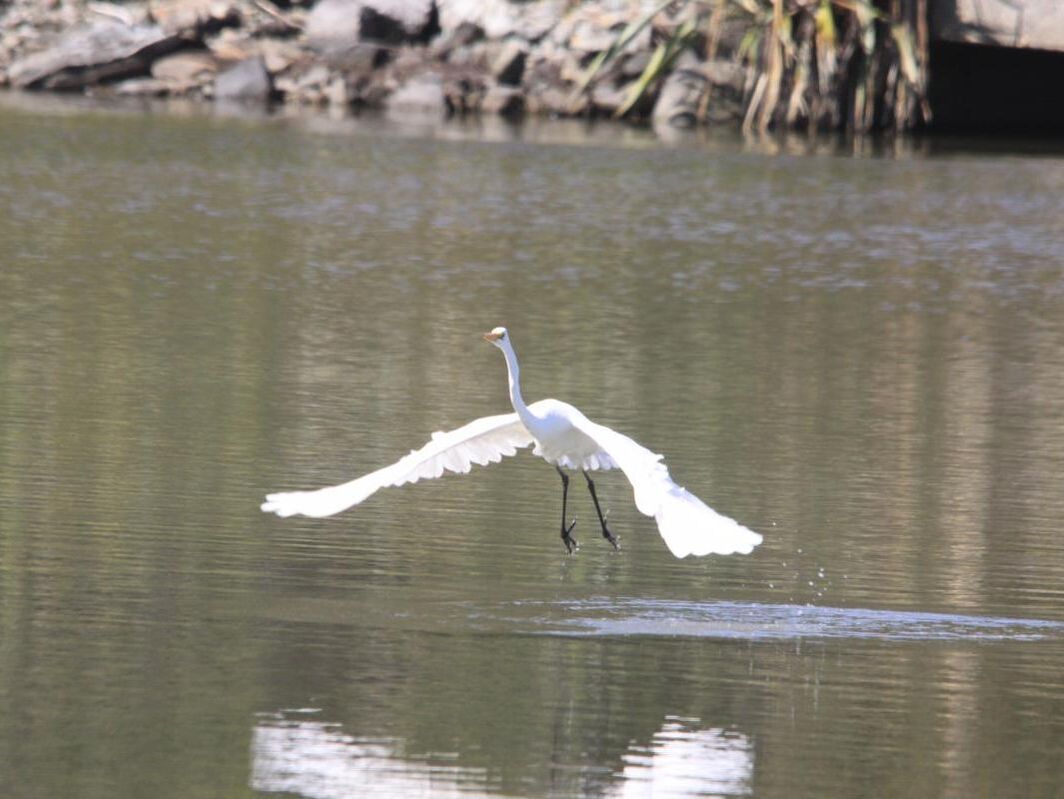
White heron. Adult gliding. Lake Okarito, February 2012. Image © Bart Ellenbroek by Bart Ellenbroek
|
The most difficult part of this bird for me is the way that the beak and the eye interact and are connected, so that will be my focus in the research images. As always, I am also interested in how the legs and feet work, and how they use their wings.
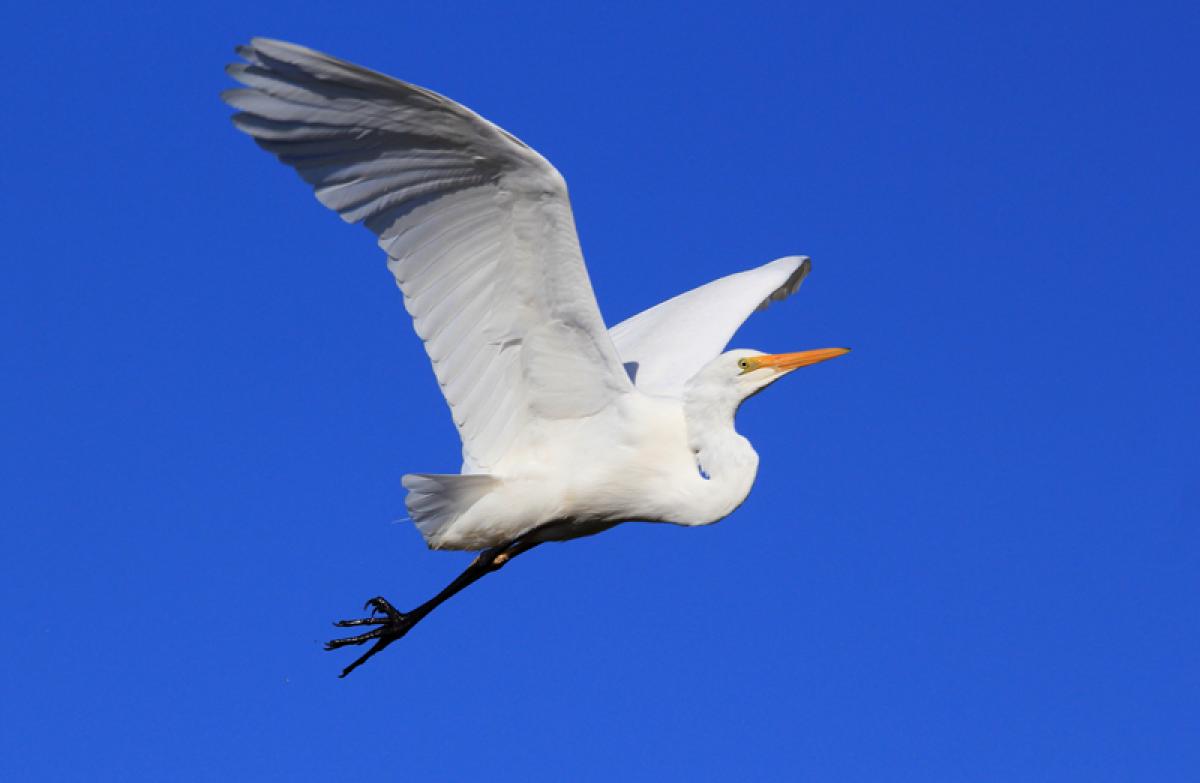
White heron. Adult in flight. Muddy Creek, Clive, August 2010. Image © Adam Clarke by Adam Clarke
|
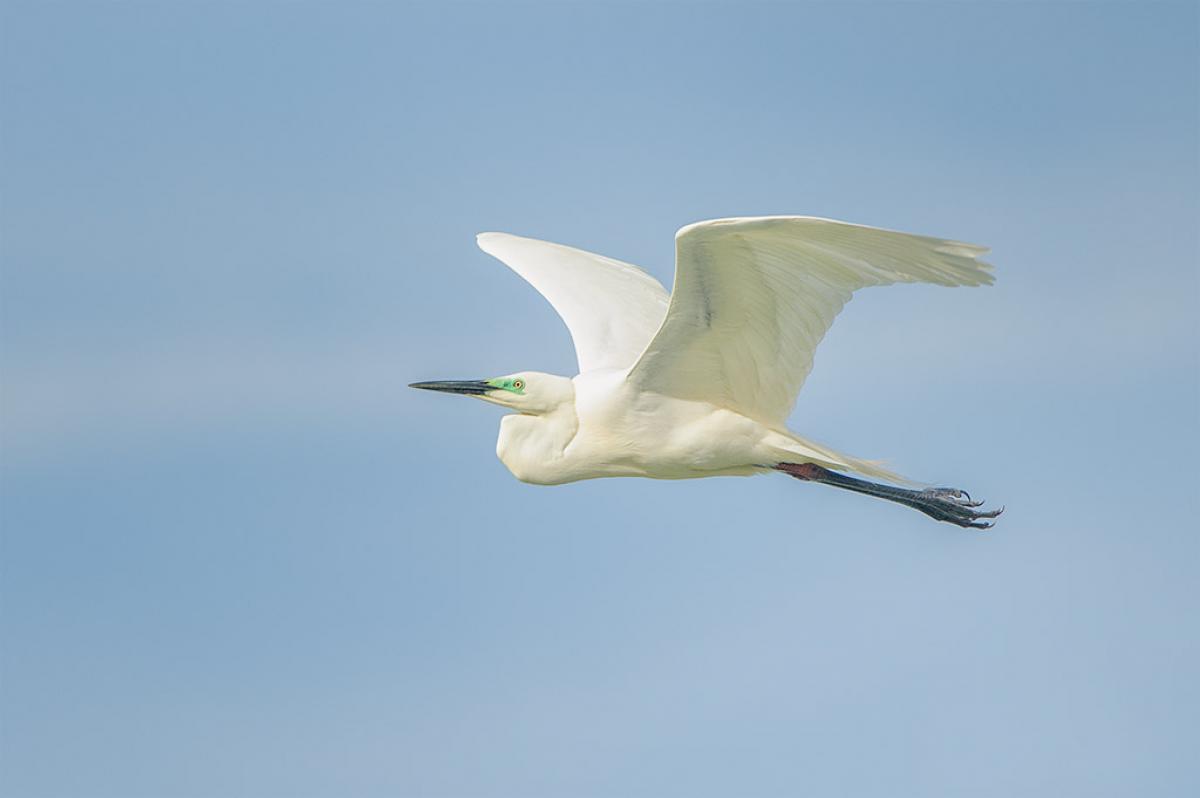
White heron. Adult in breeding plumage in flight. Hervey Bay, Queensland, Australia, September 2010. Image © Tony Whitehead by Tony Whitehead www.wildlight.co.nz
|
Drawing the kōtuku
From a quick structural sketch to a first draft – I have started placing the legs (which are often hidden underwater in the reference photos), and blocked in where I think the wing feathers are. To avoid making white wings look too dark, I think I will just do these as outlines rather than drawing in all the individual feathers.
Airport duty
El Huzbando has been in Melbourne for work for the last 4 days, and his flight lands around midnight. It’s far too late at night for me to drive, so I came out early with my laptop to finish working on these designs. It’s weird being almost the only person here.
Now, it’s time to take these draft sketches to finished detail, using some other reference pictures that show the details more clearly.
I noticed that there are two types of plumage, as with a lot of birds, but that they also change the beak colours, so I decided to show one bird in full breeding plumage and colouring, and one in transition, so it was important to really look at the beak.
And done!









